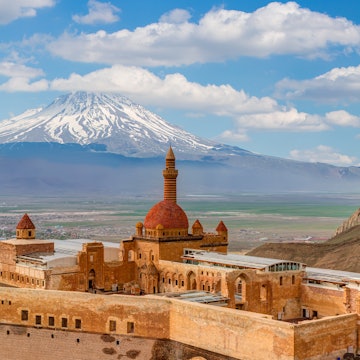
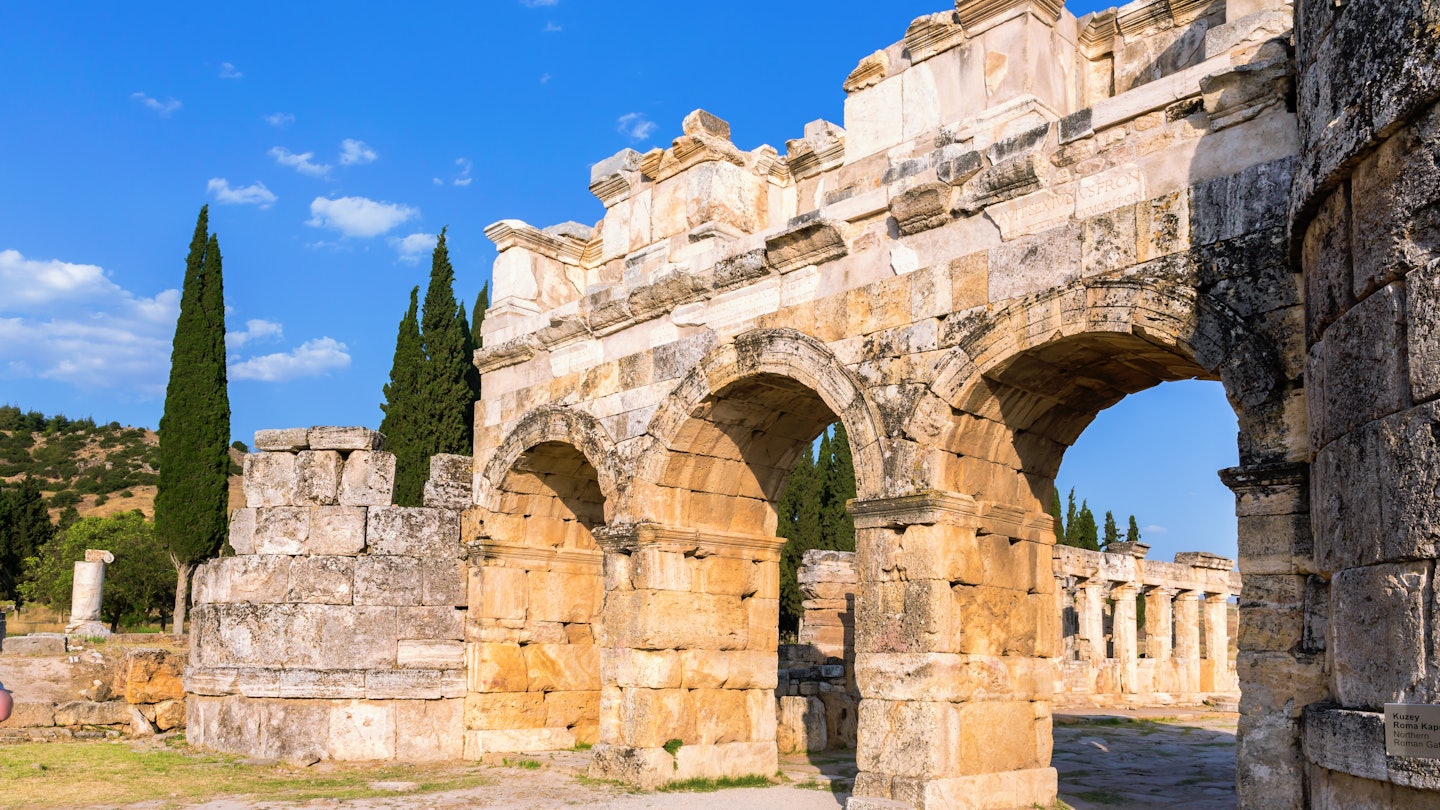
Frontinus Gate, which was the entrance to the ancient city of Hierapolus, in Denizli. Ella_Ca/Shutterstock
The ancient cities of Rome and Athens have long harmonized with overlapping siren songs; they belt out tunes of Mediterranean climates, locally sourced dishes and fascinating ruins. Yet if you head past the fringes of Europe, Carian Türkiye carries those same melodies into Asia Minor – with an archaeological history that predates both Hellenistic Greece and Ancient Rome.
If you don’t know who the Carians are, you’re not alone. With roots dating back to the Bronze Age, this seafaring community populated Southwest Türkiye around 2000 BC, with a more noticeable presence around 400 BC’s Hellenistic period, explained Neslihan Hurda, an expert tour guide with Equinox Travel. That long stretch of history echoes throughout Caria’s present; now, Karacasu ceramicists pass down ancient artistic traditions, while a number of preserved ruins, from Aphrodisias to Euromos, capture the intricacies of bygone lifestyles.
Below, you’ll discover how you can plan your own trip to Caria, where the provinces of Muğla, Denizli and Aydın tell the stories of eras past. Sure, Athens’ Acropolis and the Roman Forum deserve all the hype, but Southwest Türkiye shares another history – sans the crowds.
Why visit Caria now?
As Mediterranean hot spots grapple with overtourism, Türkiye’s Carian villages harbor off-the-beaten-path gems, many of which are getting makeovers. Right now, Türkiye’s “Heritage for the Future” construction efforts are restoring numerous ancient sites, like the Temple of Zeus in Euromos.
A visit to Türkiye’s Aegean Coast is also, increasingly, convenient. Turkish Airlines flies to a record number of countries, with ample options to and from Istanbul: one of the coolest cities around, and a gateway to access Caria.
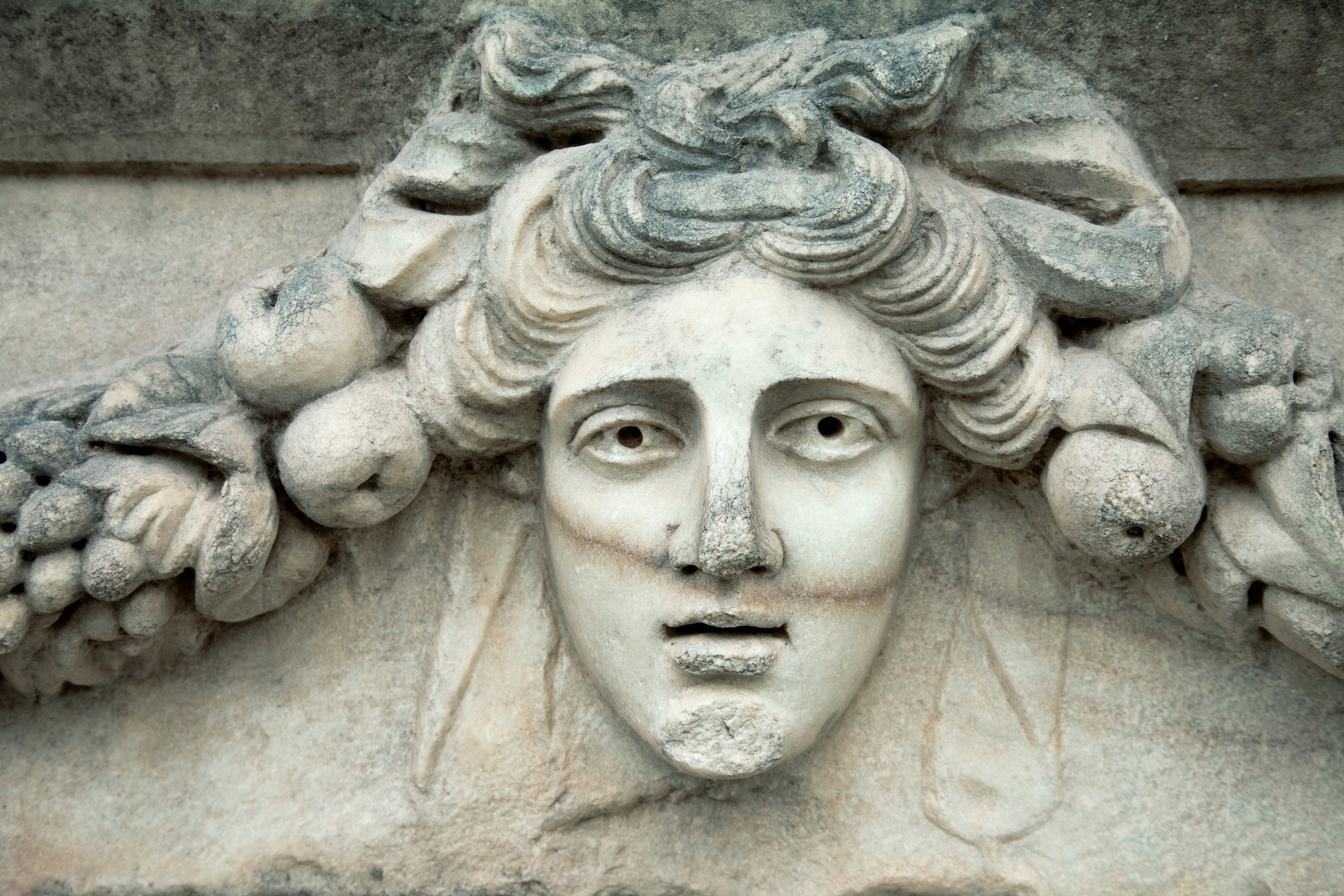
Carian Türkiye’s best experiences
Uncover ancient stories in preserved ruins
When I visited the fish market of Iasos – a Roman mausoleum that never actually sold fish – a child scurried across the ruins, wedging himself between two crumbling columns. The site became a playground, not only for the boy but also for my imagination; as I strode past the market’s bursting red poppies, then the stone columns of Iasos’ nearby agora and bouleuterion, I visualized Carian communities – and the area’s mythologies.
It’s a combination of legends – like that of the dolphin and young Hermias – and lived histories that makes Caria’s ancient cities so intriguing. Sites range from the sprawling Aphrodisias to Stratonikeia, where gladiators once trained. Archaeology aficionados should also tack on a visit to Ephesus; while not technically part of Caria, this nearby Ionian city contains some of Türkiye’s best-preserved ruins.
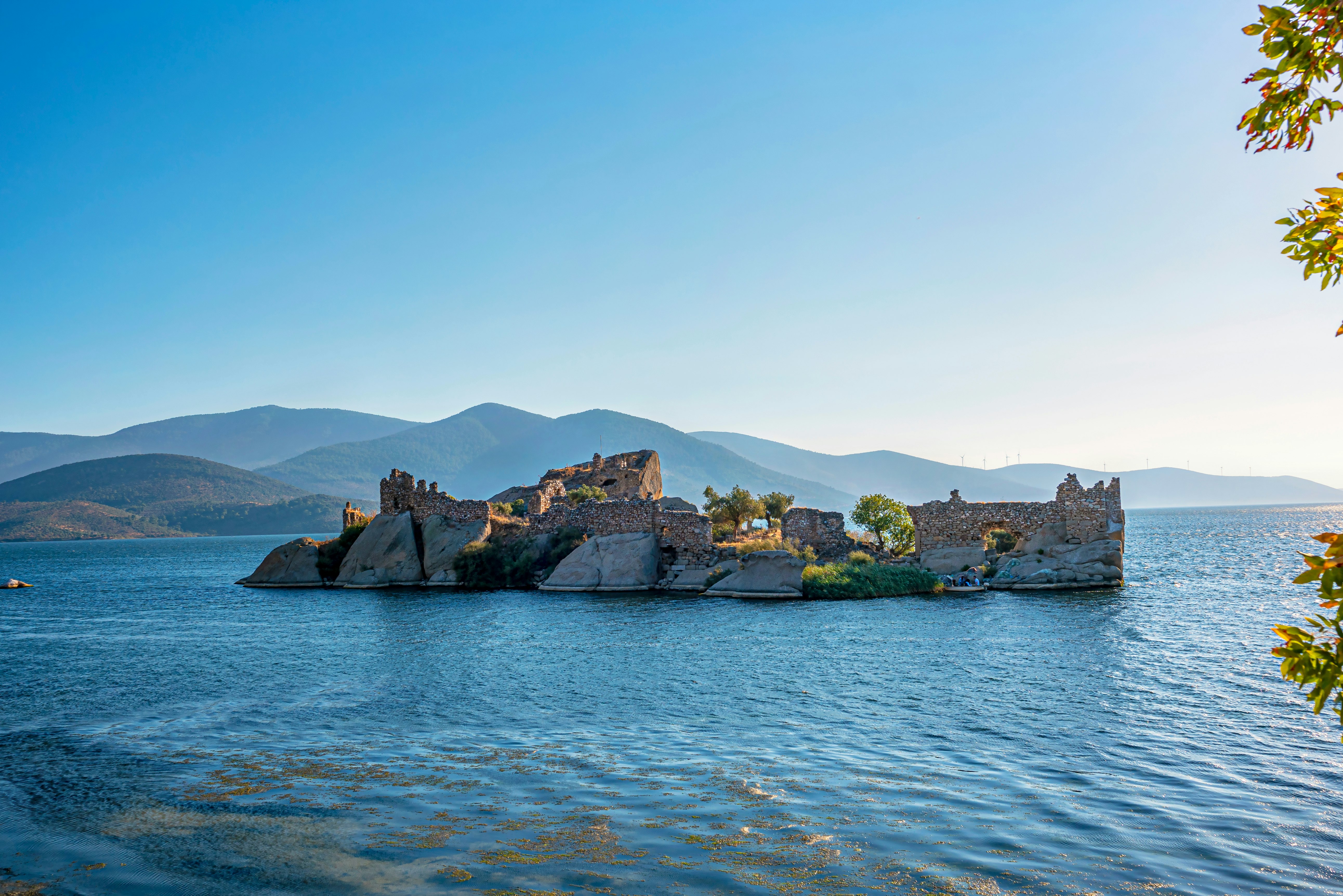
Marvel at rock-cut tombs overlooking Lake Bafa
Herakleia veers inland from the Aegean Coast, but its ruins loom over the picturesque Lake Bafa, on the heels of the Beşparmak Mountains. Savor the landscape as you stroll across the city’s remains, which feature a temple, bathhouse and a number of olive trees. While there’s plenty of scenery to occupy your attention, don’t forget to look down; rock-cut tombs jut out of the ground, as macabre – but fascinating – relics imprinted in stone.
If you’re up for more of a trek, the area brims with hiking trails, though you can also drive directly to the lake. En route, you may pass donkeys, cows and even Turkish turkey. Come lunchtime, head to Bafa’s Agora Pansiyon: a Michelin Green Star restaurant with farm-to-table fare. While the mezze deliver fresh dolmas and artichokes swimming in yogurt, don’t miss the Lake Bafa eel, which comes either smoked or grilled. Afterward, you can spend the night in the attached hotel, which also operates guided hiking tours.

Bar hop in Bodrum
One of Southwest Türkiye’s most beloved vacation spots, Bodrum knows how to throw a party. Sure, this coastal city has a well-stocked roster of daytime options, from the peacock-populated grounds of Bodrum Castle to the casual, yet delicious, esnaf lokantası (tradesman restaurants).
Come evening, however, Bodrum shines brightest, when boats turn to bars and streets give way to open-air festivities. Dance the night away before snacking on a late-night kokoreç. If you’re not drinking or need a break from rakı, order a Churchill: a Turkish soda made of lemon juice, salt and mineral water. It’s also a well-regarded hangover cure.
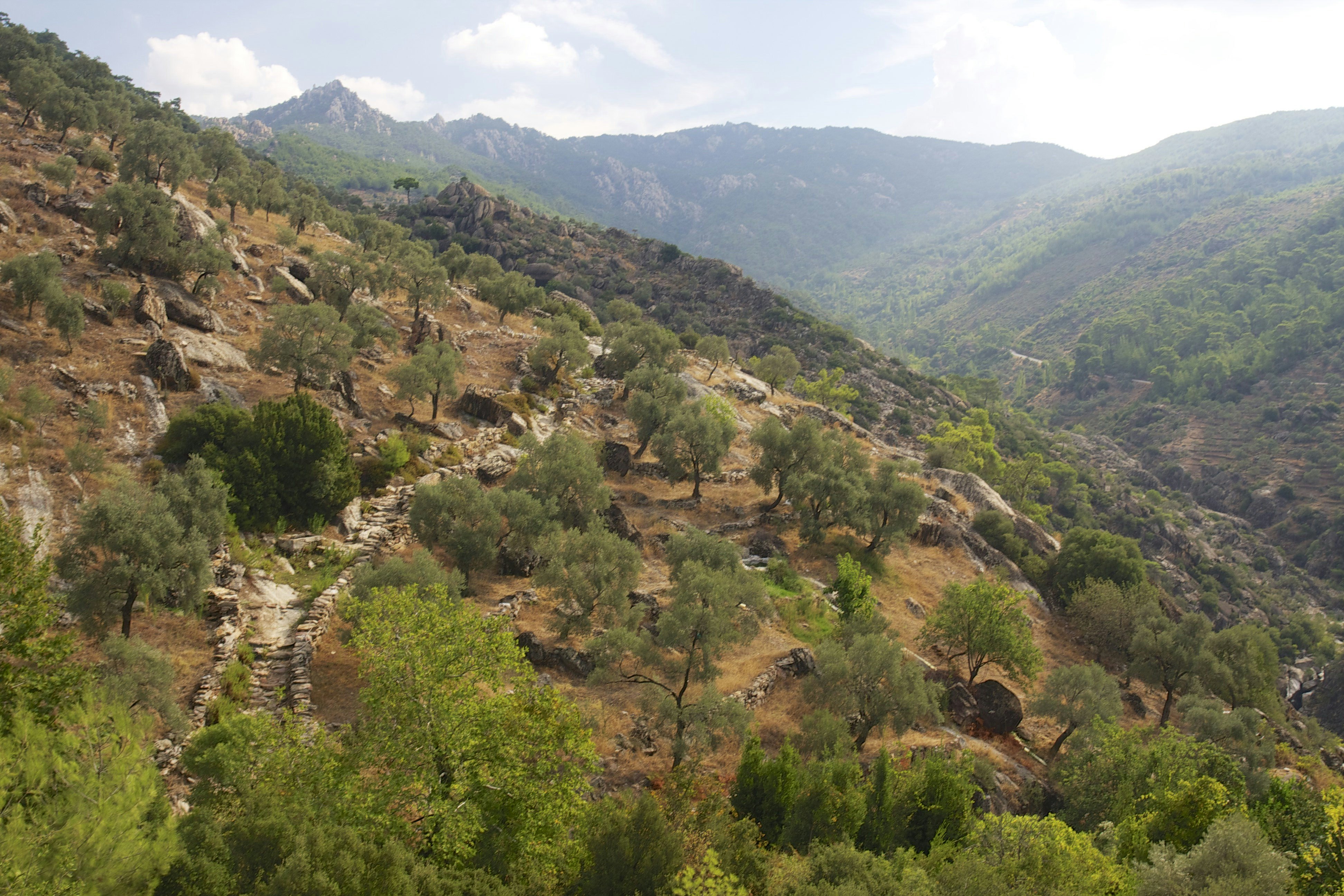
Get outside
Whether you’re interested in swimming, hiking or deciphering cave paintings from 6000 BC, Carian Türkiye is an outdoor oasis. Aspiring mermaids can take advantage of the region’s wide window of warm weather; swimming season can stretch from mid-March to late fall. You can also charter a boat from Bodrum or other port villages. Some will keep you close by, while others travel to neighboring Greek islands.
If you prefer to stay on land, hiking paths abound across Caria. The Bozburun Peninsula has options of all lengths, while the Carian Trail ranks as Türkiye’s longest hiking route, stretching for hundreds of miles.
Pick up a kebab in Denizli
Turkish cuisine claims everything from pide flatbreads to İslak burgers drenched in tomato sauce. Yet of the country’s savory fare, it doesn’t get better than kebab: slow-cooked lamb that’s accompanied by roasted peppers, raw vegetables and soft flatbread.
In Caria’s Denizli, it’s customary to eat kebab with your hands, and some restaurants – like Kebapçi Muhtar – have signs admonishing the use of silverware. Yet, if there’s one meal that’s worth a few oily fingers, it’s this one. Savor your kebab with a glass of homemade ayran: a salty, yogurt-based drink.
When you’re done eating, spend the afternoon shopping in Denizli, where you can find high-quality Turkish towels – the province’s claim-to-fame – and vats of freshly ground tahini.
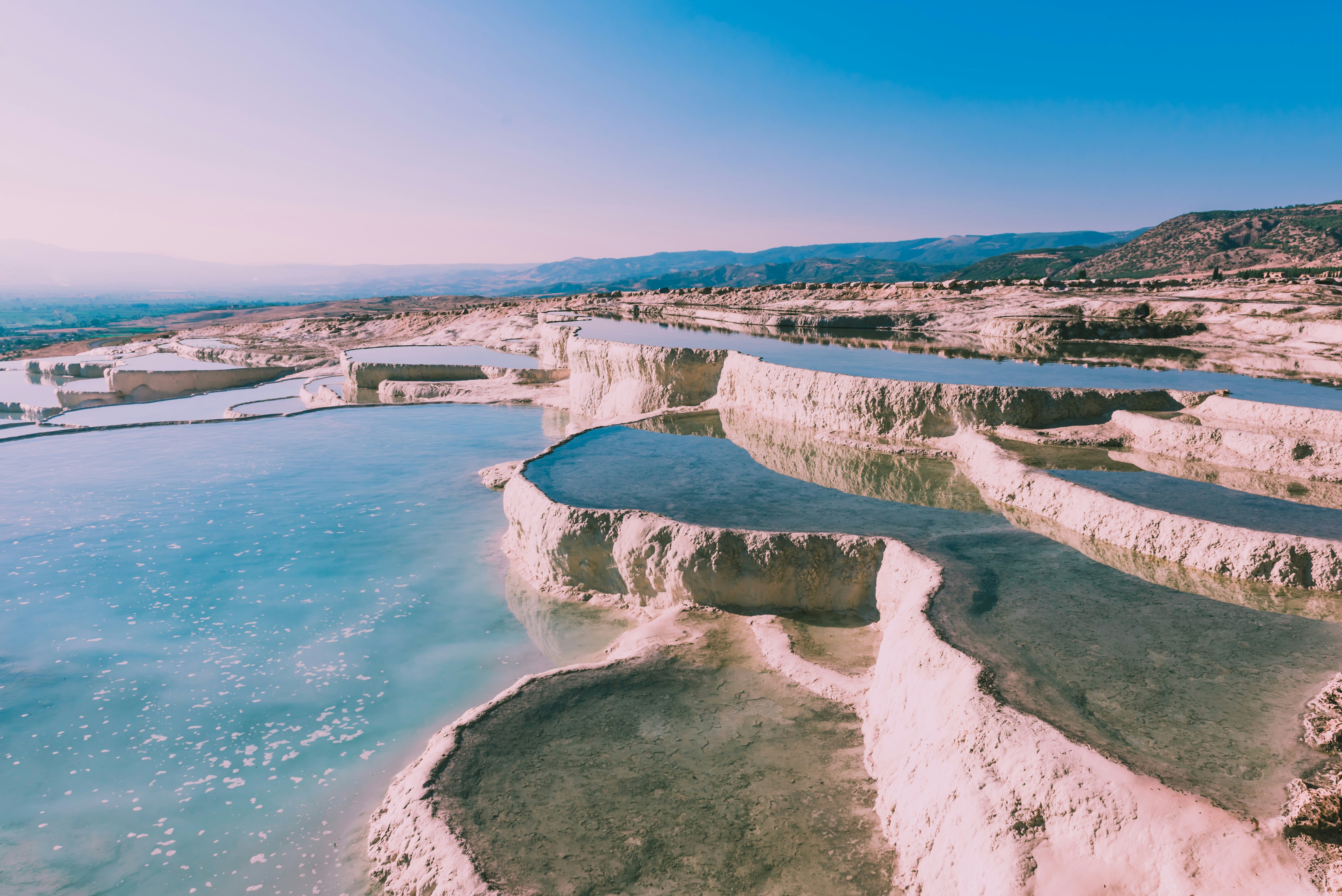
Where to stay in Türkiye’s Carian Region
You’ll likely start your trip to Caria in Bodrum or Denizli, which operate roughly hour-long flights to and from Istanbul. From either airport, rent a car to reach distant Carian sites. Given the region’s overlap with multiple provinces, it’s logical to change hotels as you drive across Caria, though you can alternatively unpack at your favorite accommodation and embark on day trips from there.
As for which hotels to consider? In Bodrum, start at The Marmara — a cliffside hotel with waterfront views and a thorough spread of Turkish breakfast. If you’re traveling with a large group, try private group accommodation Kairos Farmhouse, which has a sauna, infinity pool and vineyard.
For those starting or ending in Denizli, you can’t beat a stay near Pamukkale. The town’s ancient travertines and ruins aren’t technically Carian, but they’re one of Türkiye’s best-known attractions. In Pamukkale, book a room at Doğa Thermal Hotel, which comes with access to thermal pools in the hotel’s center.
How to pair a visit to Ancient Greece and Rome with a visit to Carian Türkiye
From Bodrum, it’s easy to reach the Greek islands, and ferries to Kos – the closest island – can take anywhere from 20 minutes to an hour. To visit Athens from either Bodrum or Denizli, however, you’ll have to fly, with a layover in Istanbul. That same Istanbul pit stop likewise cuts through any trip from Caria to Rome. Since you’ll already be passing through Istanbul, why not turn your detour into an opportunity for sightseeing? Pre-book tickets to the Hagia Sophia, or contextualize Caria’s ancient ruins with lessons from Istanbul’s Archaeology Museum.
Alternatively, plenty of cruises and archaeological tours combine Greece, Italy and Aegean Türkiye into one Mediterranean vacation, though you’ll lack the flexibility to choose your own sites. With this option, however, you’ll skip the airport entirely and travel by water – à la the Carians.
















